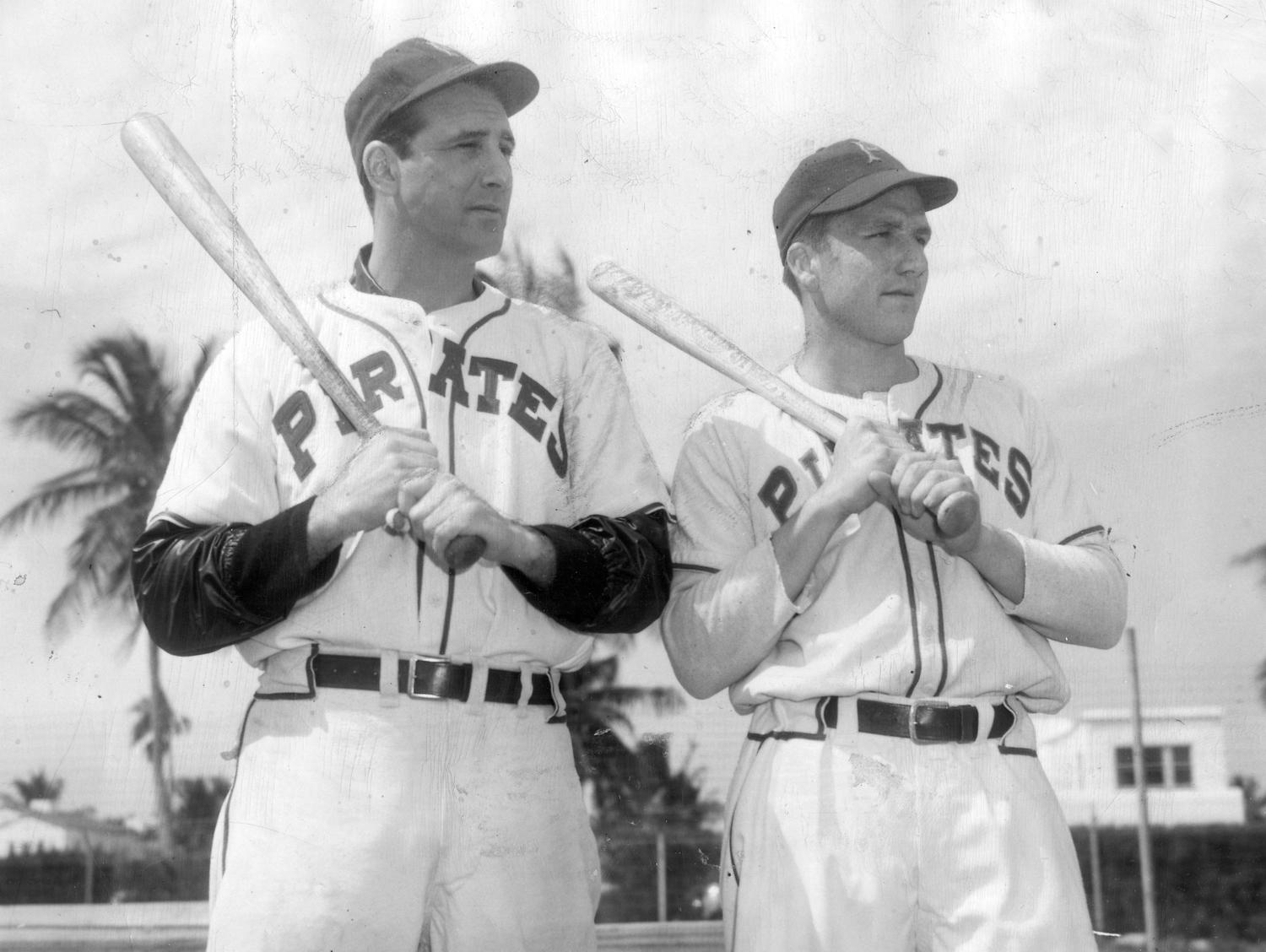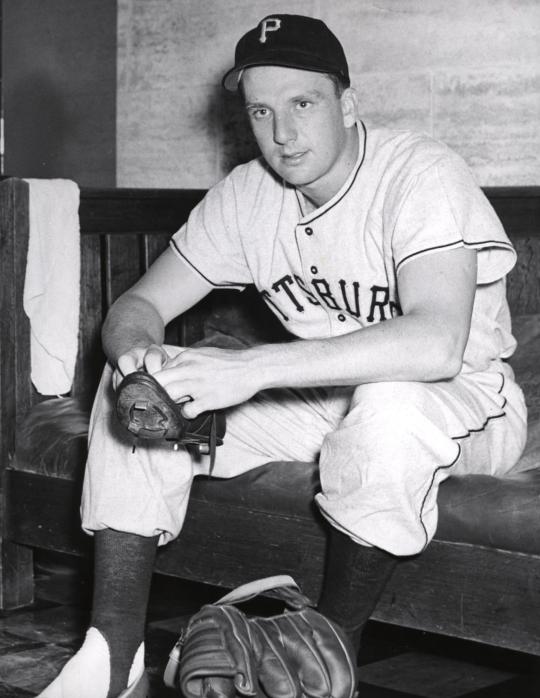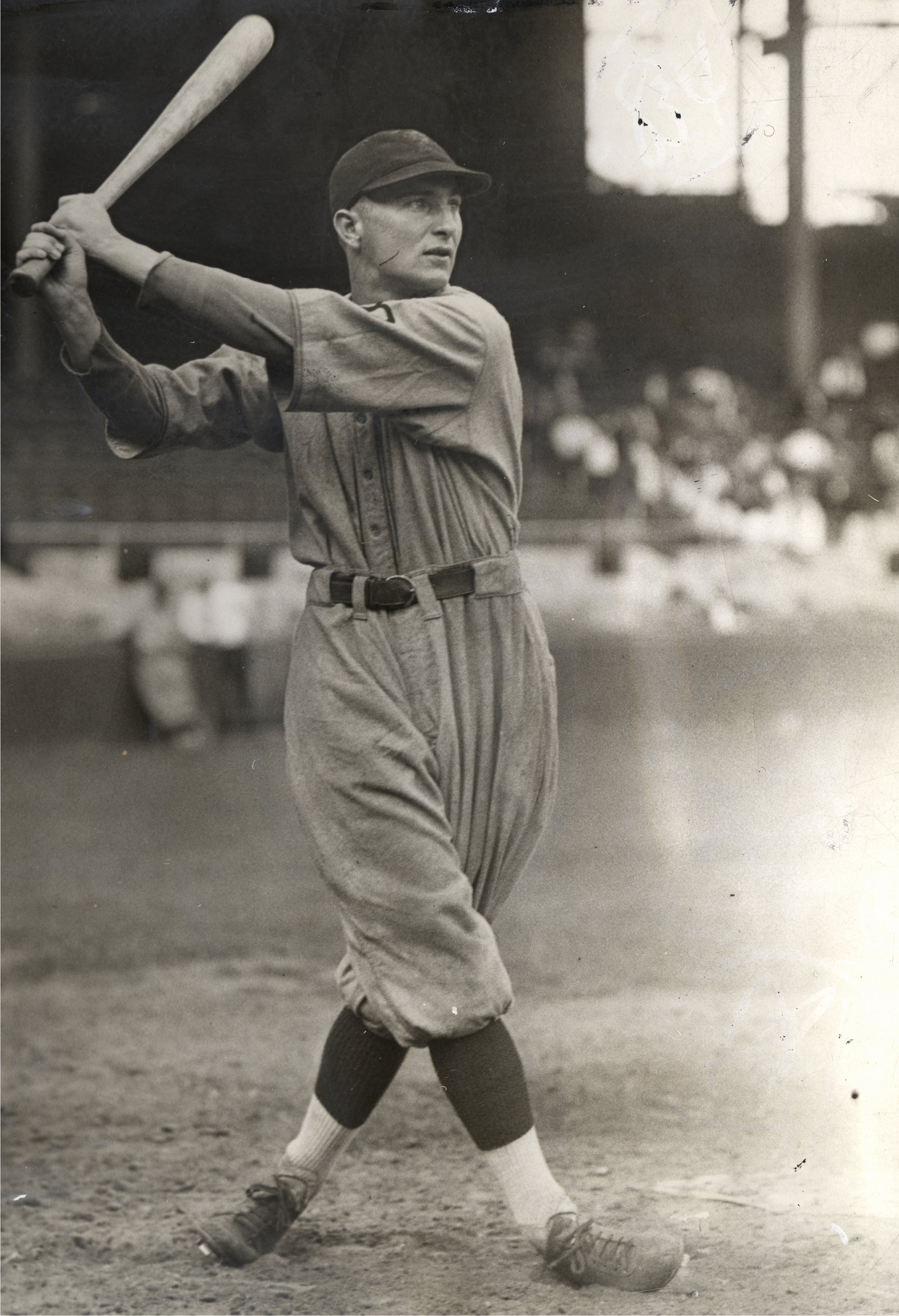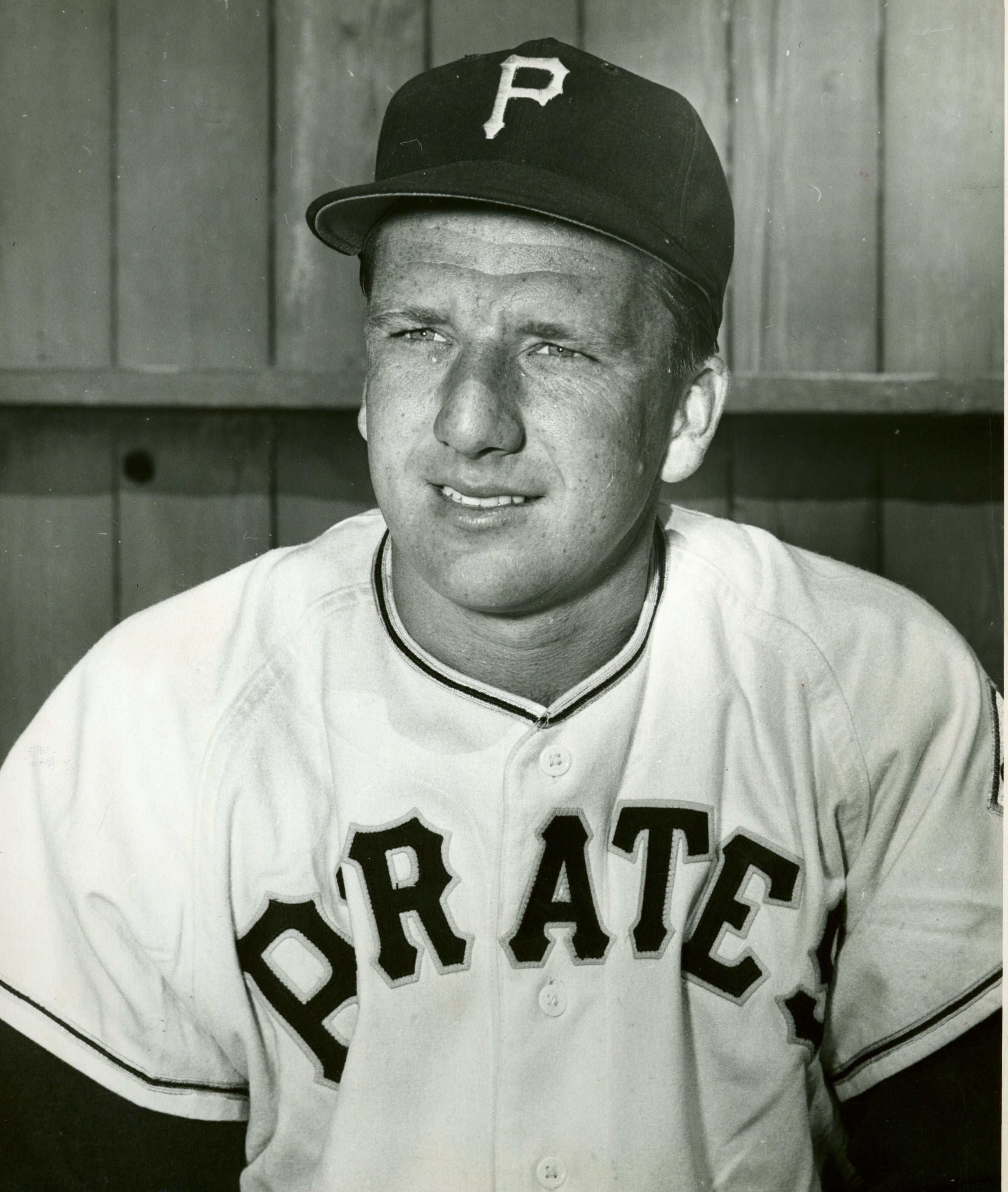- Home
- Our Stories
- Ralph Kiner hits three homers and drives in seven runs in a 13-12 win over the Dodgers
Ralph Kiner hits three homers and drives in seven runs in a 13-12 win over the Dodgers
Hall of Fame outfielder Ralph Kiner had a theory. Why would he settle for a single when he could swing for a homerun?
“It isn’t unreasonable to predict that the 50 home runs would win much more games and worry more pitchers than a .325 batting average, built up on singles and doubles,” Kiner said.
On July 18, 1951, Kiner lived by his theory.
The Pittsburgh Pirates’ slugger hit three home runs and had seven RBI, including a go-ahead solo blast in the eighth, to lead the Bucs past the Brooklyn Dodgers 13-12.
While it was Kiner’s power that fueled the Pirates’ win – which was often the case – it was the Dodgers that felt the long-term effects of that afternoon.
Hall of Fame Membership
There is no simpler, and more essential, way to demonstrate your support than to sign on as a Museum Member.
The Dodgers infamously squandered a 13.5-game lead to the New York Giants in the final weeks of the 1951 season when Bobby Thomson’s “Shot Heard Round the World” gave the Giants the National League pennant. Without any one of Kiner’s three home runs, the Dodgers might have won the pennant outright.
Though that was arguably the closest Kiner came to affecting the National League pennant race, his heroics were not limited to that afternoon. By the time his 10-year big league career concluded, the right-handed slugger accumulated his fair share of accolades.
Kiner remains the only player to ever lead the majors in homers for seven straight seasons – a streak he began as a 23-year old rookie.
It was Ruth that many likened Kiner’s home run power to when he pursued the single-season home run record. Former teammate and Hall of Fame outfielder Hank Greenberg even claimed it would be Kiner who would eventually best Ruth’s mark.
Though Kiner’s 54 homers in 1949 fell short of Ruth’s 60, it wasn’t from a lack of effort.
“I don’t think I can hit 60 of them,” Kiner said. “I may not even hit 50. But they still can’t arrest a guy for trying.”
Kiner did surpass the 40-home run mark five times in his first six seasons in the majors.
“He may have been one of the top three or four home run hitters of all time, an electrifying right-handed slugger, a dynamic player who threatened home run records every time he put on a uniform,” said historian-writer Maury Allen, author of the book Baseball’s 100.
Kiner, who was once on a faster all-time pace than Ruth, was forced to retire because of a lingering back injury. His 369 home runs still rank 79th all-time.
Kiner, who was once on a faster all-time pace than Ruth, was forced to retire because of a lingering back injury. His 369 home runs still rank 79th all-time.
“Ralph Kiner was the greatest home run hitter of his day,” said Hall of Fame pitcher Robin Roberts. “He worked hard and the results showed. He’s been a big part of baseball the past 50 years and both Ralph and baseball are better because of the association.”
Kiner was inducted into the Hall of Fame in 1975, which was his final year of eligibility to be voted in by the writers. He passed away on Feb. 6, 2014.
Connor O’Gara was the 2012 public relations intern in the Hall of Fame’s Frank and Peggy Steele Internship Program for Youth Leadership Development







